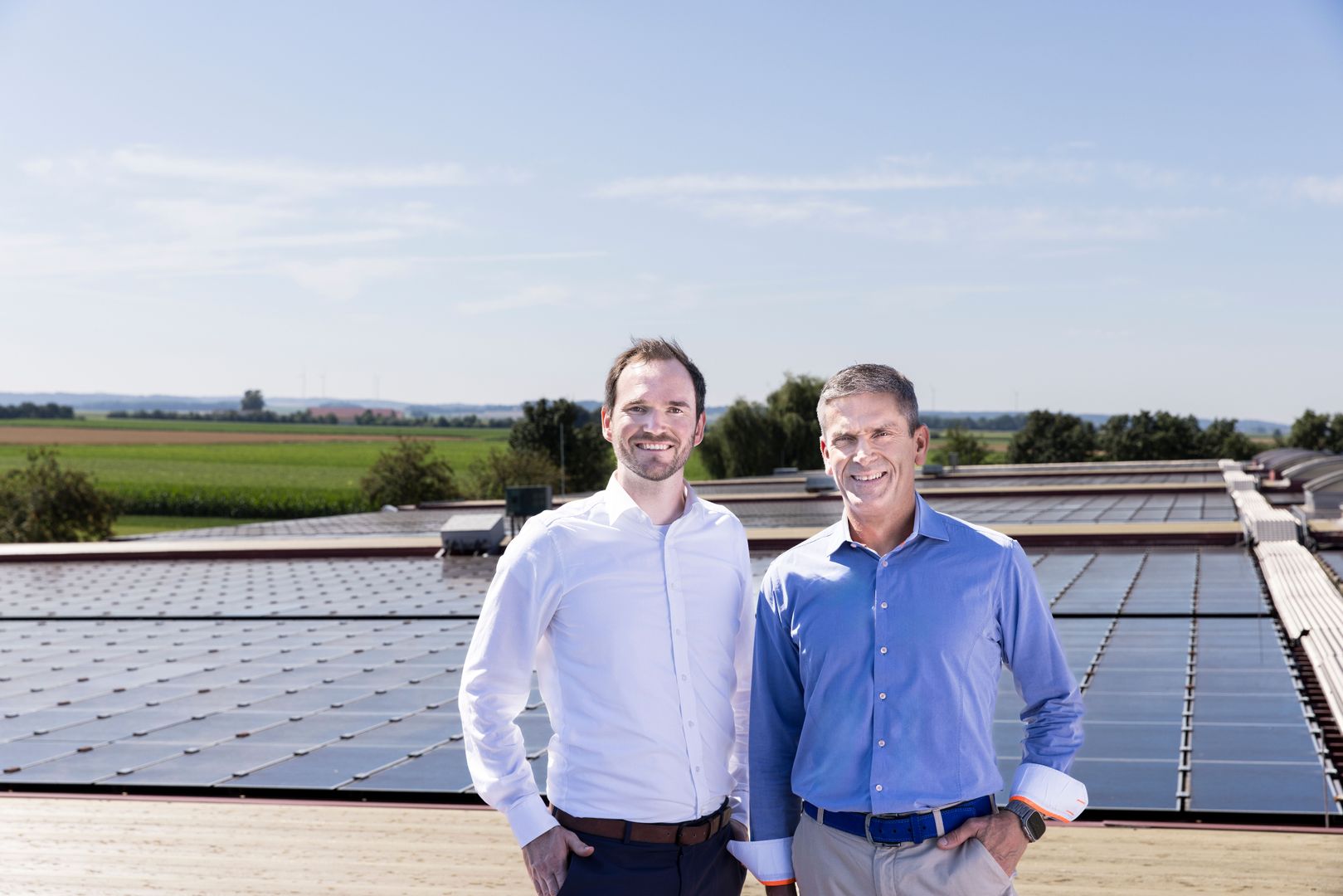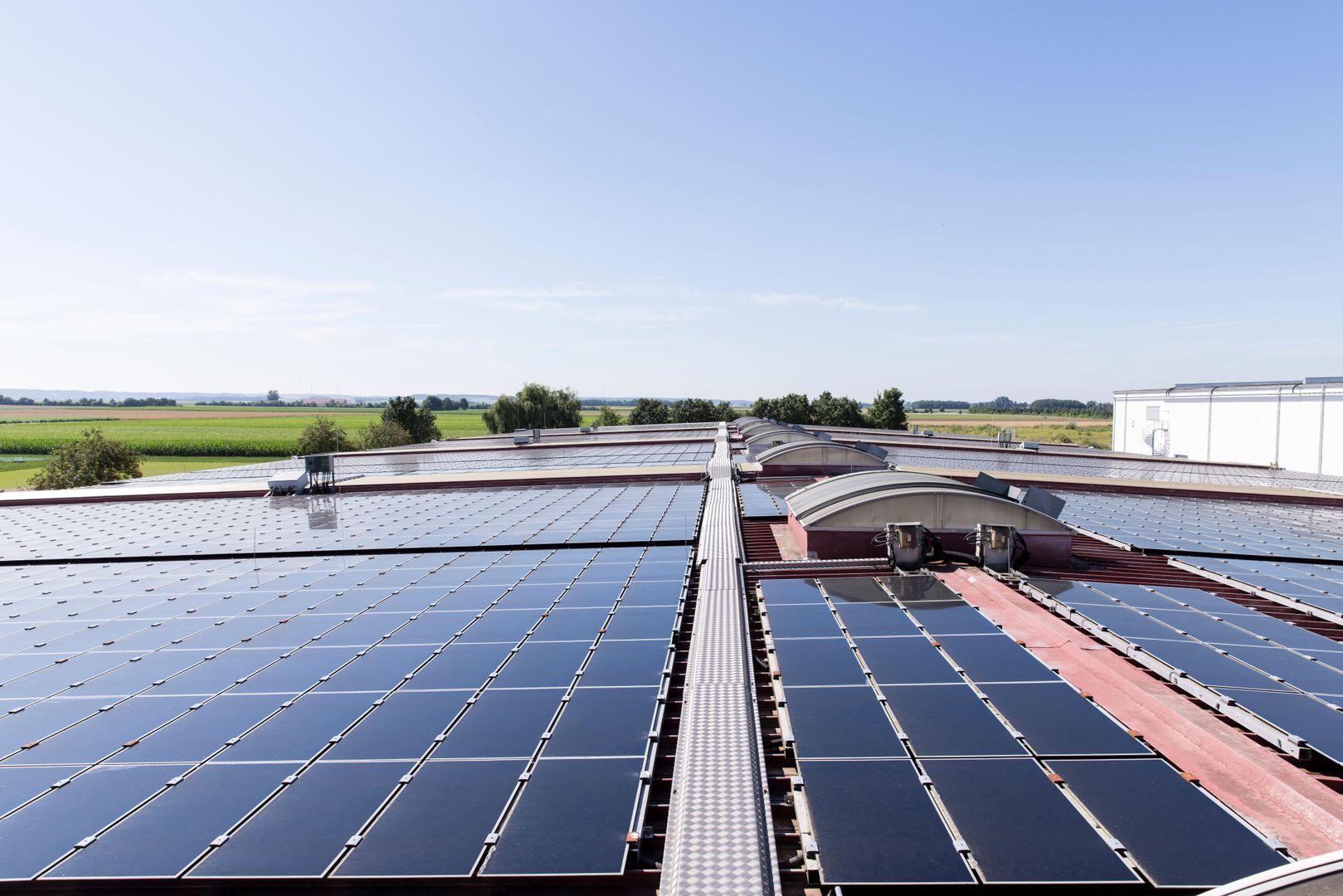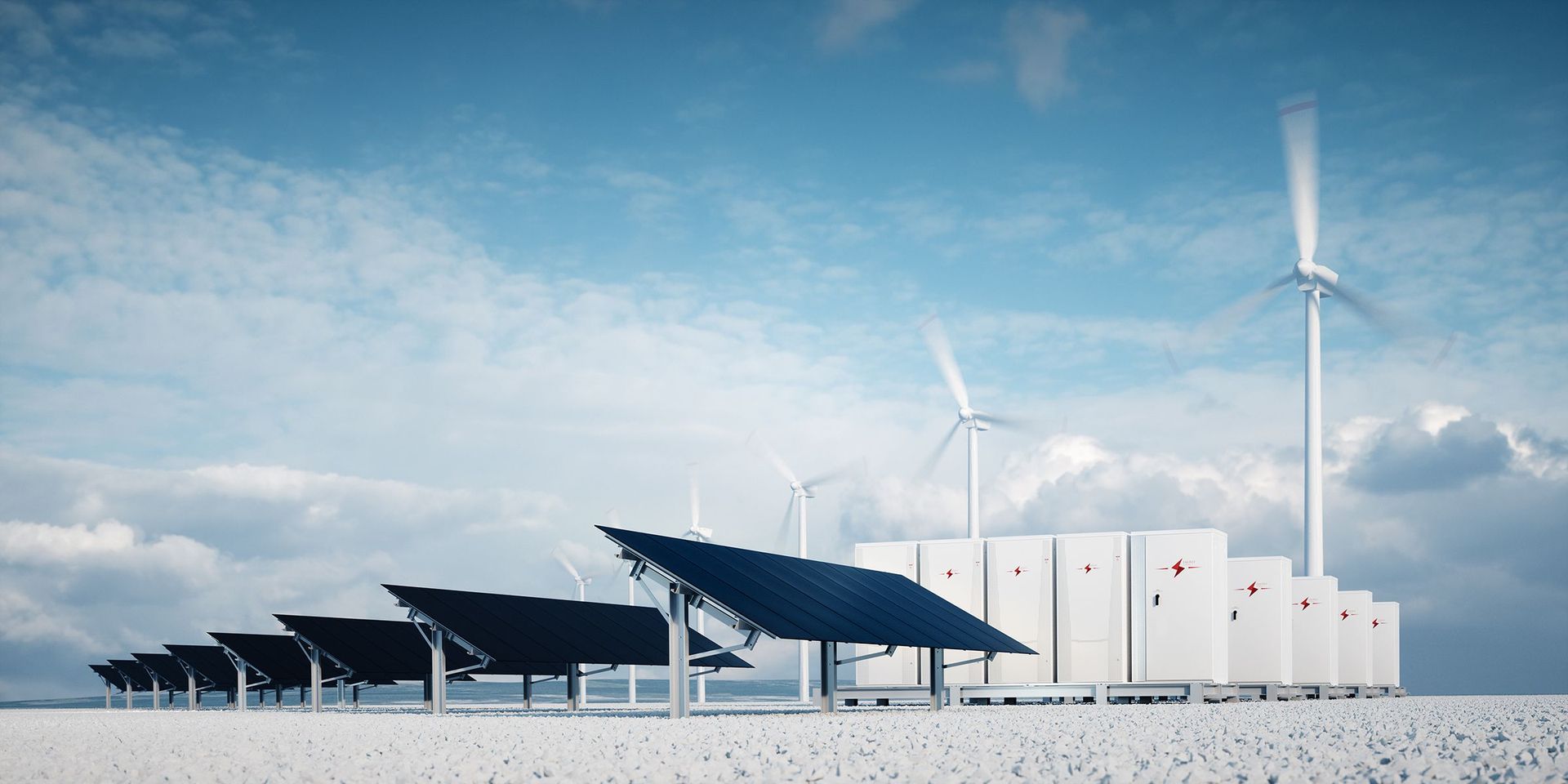Securing fixed prices
Across three rooftops in Rain, a picturesque town in Bavarian Swabia, Kai Kinast and Peter Albrecht manage their solar installations. They have built a total of 4.6 MWp of photovoltaic capacity on the leased roofs of various industrial buildings for private and institutional investors.
Table of Contents

“If the owner agrees, we would like to install up to 12 MWp on the same area,” says Peter Albrecht, explaining the planned repowering of the thin-film modules from 2009, which have been replaced by more modern and powerful cells on a test area. The same area, double or triple the amount of electricity: this roof is a clear illustration of the potential of repowering in the coming years, not only in the wind sector but also in the solar sector.
Since 2013, Neitzel & Cie., the asset manager for whom Kai Kinast and Peter Albrecht, along with their colleagues, manage around eighty PV systems and biomethane combined heat and power plants nationwide, has relied on Next Kraftwerke for electricity trading. “We appreciate the flexibility in the contract design and in the trading channels that we have always experienced with Next Kraftwerke,” comments Kai Kinast. ”At peak times, we have a new plant to be included to the trading portfolio every week. This process runs very uncomplicated with Next Kraftwerke. Thanks to a framework agreement for our portfolio, we do not have to request new prices every time, and the digital contract conclusion saves time. If we have any questions or encounter complications in the technical connection of the plants to the virtual power plant for remote control, we have personal contacts who always find a solution quickly. This also applies to small-scale experiments with new test modules for repowering.”

The flexibility mentioned was also crucial during the energy crisis when electricity markets faced many fluctuations. First, Next Kraftwerke’s trading team secured two combined heat and power plants from Neitzel & Cie. through fixed-price agreements on the futures market (PPA), followed by several PV systems. “We quickly secured a fixed price for the entire year of 2023, perhaps one of the first in the market, “ recalls Kai Kinast. Peter Albrecht adds, “For us, fixed prices are not just a way to lock in electricity prices that are above the reference value of our plants. They also serve as a hedge against risks such as the increasingly frequent negative electricity prices in spot trading the new legally prescribed calculation of the market value, which now includes an annual average component.”
Even today, after the fixed prices have expired, close coordination between the operator and the trader is extremely important. As soon as prices are predictably above the applicable value, Next, as the trader, is not the only one to react immediately. Speed is also required on the operators' side: “Back then, we had 24 hours to accept the fixed price,” notes Kai Kinast. But the two experts believe that PPAs could also be used in other ways to benefit operators of renewable energy plants: plants that have exhausted their subsidies need fixed prices, as well as plants that do not even fall into the subsidy model. “PPAs will gain more importance,” Peter Albrecht is sure.
When asked whether the decision to go with fixed prices has paid off financially, Kai Kinast can confirm it—despite passing the additional profits directly to the investors: “For our investors, the PPA has paid off financially. They have reinvested the money directly into new plants.” You could say it's a form of repowering too.
Facts
| Installed capacity of the plant: | 4.6 MWp on the entire site |
| Remote control of the plant: | Remote control implemented via the inverters' data logger |
| Other special technical features: | Thin-film modules from 2009 and a test area (30kWp) with the aim of replacing the thin-film modules and increasing output, as well as using the space freed up for additional modules |
| Repowering: | 10MWp-12MWp on a leased logistics roof |
| Products used: | Trading and PPA |


